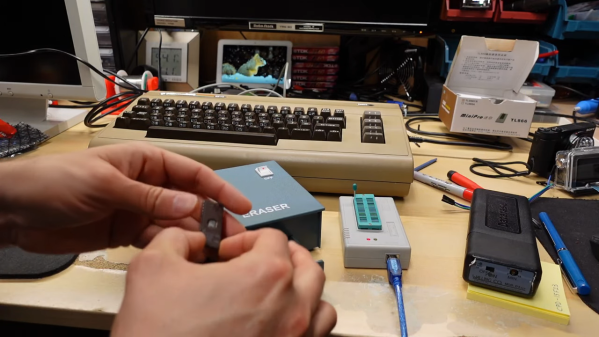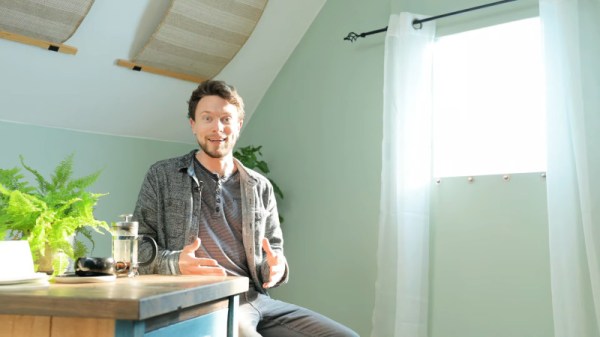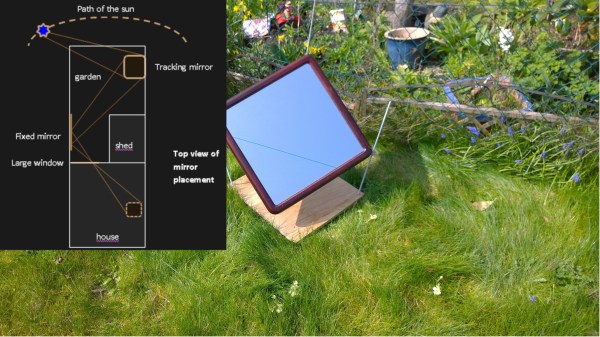The sun is our planet’s source of natural illumination, and though we’ve mastered making artificial light sources, it remains extremely difficult to copy our nearby star. As if matching the intensity wasn’t enough, its spectral quality, collimation, and atmospheric scattering make it an special challenge. [Victor Poughon] has given it a go though, using a bank of LEDs and an interesting lens system.
We’re used to lenses being something that can be bought off-the-shelf, but this design eschews that convenience by having the lenses manufactured and polished as an array, by JLC. The scattering is taken care of by a sheet of inkjet printer film, and the LEDs are mounted on a set of custom PCBs.
The result is certainly a very bright light, and one whose collimation delivers a sun-like effect of coming from a great distance. It may not be as bright as the real thing, but it’s certainly something close. If you’d like something to compare it to, it’s not the first such light we’ve featured.




















